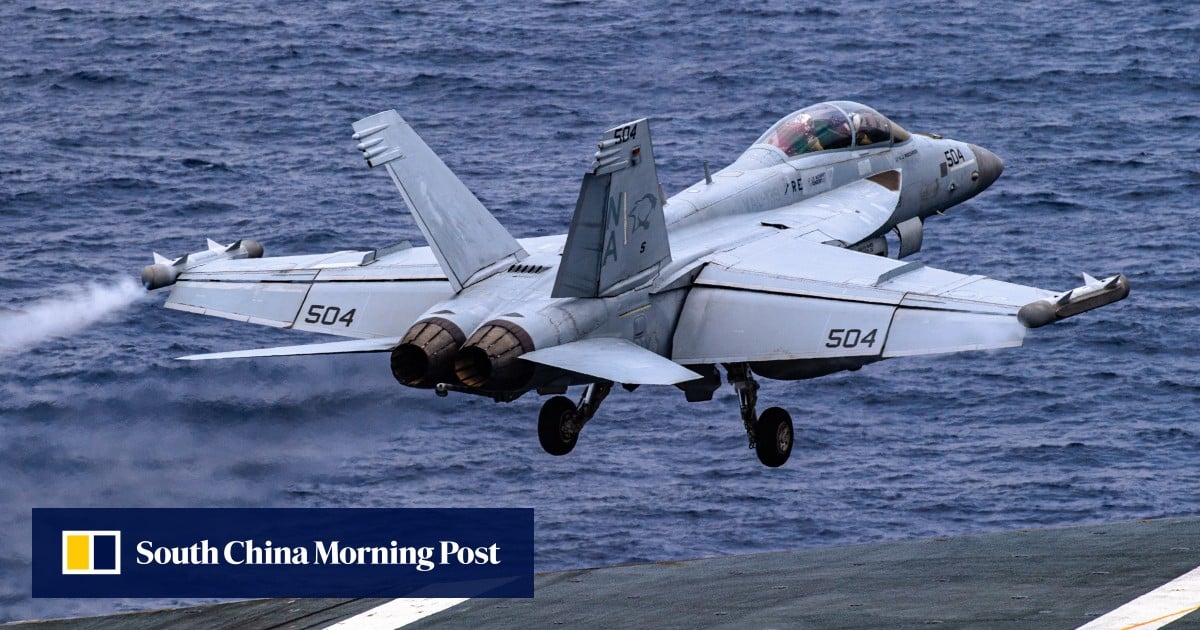Manufactured by Boeing, the EA-18G is an electronic warfare aircraft, mostly used for electronic jamming.
Based on the F/A-18 Super Hornet fighter platform, it can be loaded with various electronic warfare systems to suppress enemy reconnaissance and communication signals in all frequency bands and in all directions with high power. It can also launch anti-radiation missiles for precise strikes against shipborne radars, making it a core combat force in the US AirSea Battle strategy.
Production of the Growler began 20 years ago and, since 2021, the US military has spent huge sums to upgrade its equipment to adapt to future wars.
But that does not mean it is unbeatable, as shown by the researchers.
“Cognitive intelligent radar has capabilities such as proactive environmental sensing, arbitrary transmit and receive design, intelligent processing, and resource scheduling. It can effectively counter the complex and variable electromagnetic jamming of the EA-18G,” wrote the project team led by Professor Liu Shangfu, a radar expert with the Naval Non-Commissioned Officer School in Bengbu, in southeast China’s Anhui province.
“System detection is not simply a stacking of multiple detection sensors, nor a loosely connected network, but rather a comprehensive utilisation of the performance characteristics of different sensors based on actual situations, and a rational allocation and scheduling of detection resources from a tactical perspective to enhance the platform’s information control capabilities,” Liu’s team wrote.
As the ships share information, a giant “kill web” is then created, with the capability to “flexibly, actively, quickly and intelligently counter the EA-18G, achieving a transformation from ‘single-resource confrontation’ to ‘systematic detection resource confrontation’”, Liu and his colleagues wrote.

China’s official report on the Nanchang confirmed this change of tactic. The ship reportedly broke the traditional formation rank, advancing 100 nautical miles (185 km) ahead and, with the support of rear forces, blocked the US aircraft carrier task force from advancing towards a Chinese exercise zone.
In response, the US military dispatched carrier-based aircraft. Videos released by China showed that the EA-18G might have adopted a combat mode known as jamming-while-accompanying, creating a formation with other warplanes and conducting noise jamming or releasing strong signals of dense, false targets to blind the Nanchang.
However, the radar system on Nanchang continued to operate normally and locked onto the main targets of the US fleet.
A commander on the Nanchang ship told state media that shortly after they opened the protective covers of the vertical launching system, the US planes and ships backed off.
The Americans initially had an upper hand, but the game soon changed.
According to the US Congress’ National Defence Strategy Commission in 2022, the US is “losing its advantages in electronic warfare, hindering the nation’s ability to conduct military operations against capable adversaries”.


